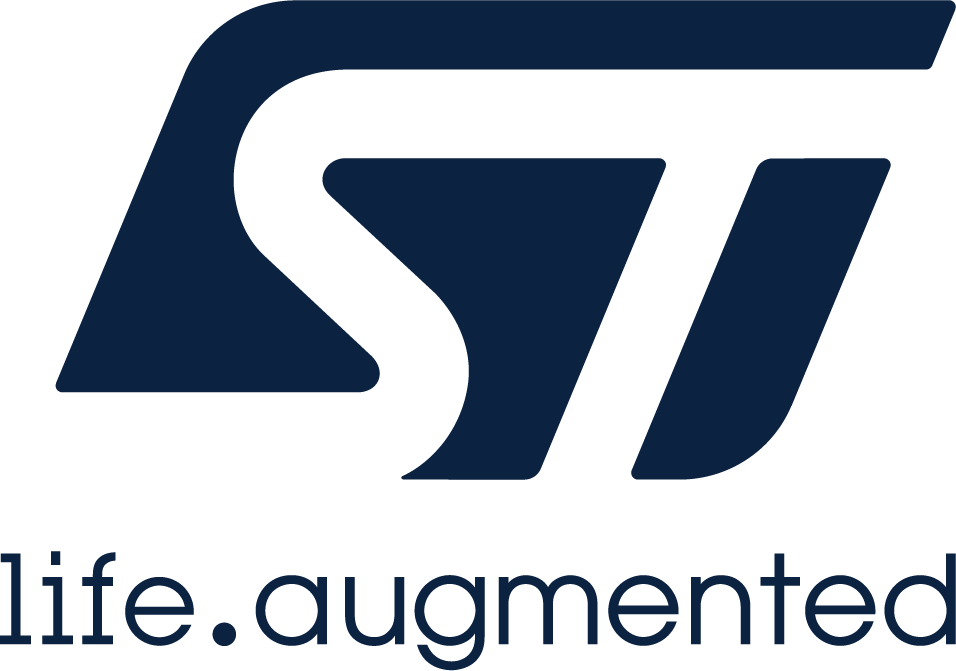
STMicroelectronics
STMicroelectronics is a leading global semiconductor company that designs and manufactures a broad range of innovative products for various industries. With a focus on delivering high-performance solutions, STMicroelectronics offers a comprehensive portfolio of microcontrollers, sensors, power management solutions, and analog and digital ICs. These products enable efficient and reliable operation in applications such as automotive, industrial automation, IoT, and consumer electronics. STMicroelectronics is committed to sustainability and social responsibility, investing in environmentally friendly manufacturing processes and promoting ethical practices throughout its supply chain. The company's products are designed to meet the highest industry standards, ensuring superior quality and reliability. STMicroelectronics is also dedicated to innovation, investing heavily in research and development to deliver cutting-edge technologies that address the evolving needs of customers. With a global presence and a team of experienced professionals, STMicroelectronics remains a trusted leader in the semiconductor industry, enabling smarter and more sustainable solutions for a better world.
Sensor Interface Junction Blocks
No data |
